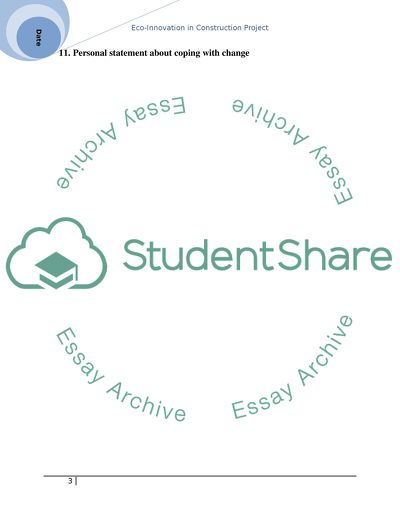Cite this document
(“Eco-innovation Essay Example | Topics and Well Written Essays - 4000 words”, n.d.)
Eco-innovation Essay Example | Topics and Well Written Essays - 4000 words. Retrieved from https://studentshare.org/miscellaneous/1577142-eco-innovation
Eco-innovation Essay Example | Topics and Well Written Essays - 4000 words. Retrieved from https://studentshare.org/miscellaneous/1577142-eco-innovation
(Eco-Innovation Essay Example | Topics and Well Written Essays - 4000 Words)
Eco-Innovation Essay Example | Topics and Well Written Essays - 4000 Words. https://studentshare.org/miscellaneous/1577142-eco-innovation.
Eco-Innovation Essay Example | Topics and Well Written Essays - 4000 Words. https://studentshare.org/miscellaneous/1577142-eco-innovation.
“Eco-Innovation Essay Example | Topics and Well Written Essays - 4000 Words”, n.d. https://studentshare.org/miscellaneous/1577142-eco-innovation.


